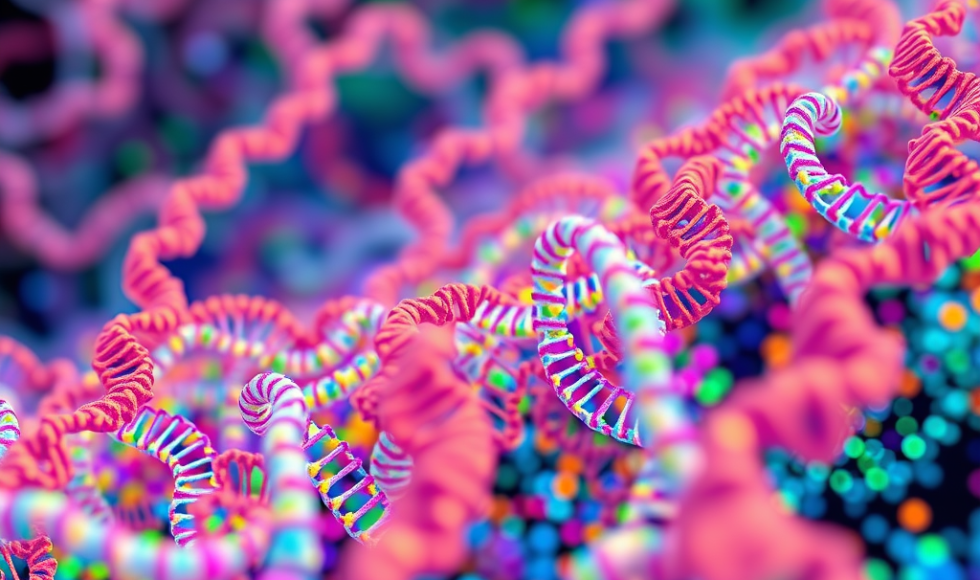Tonight I started watching day 2 of the ISME19 workshop “From Reads to Function.” Mikayla Borton from Colorado State University presented on “DRAM and genome-resolved inference.” Borton started with dereplication of bins/MAGs. After that step, MAGs are annotated with DRAM. The tool used to dereplicate metagenome assembled genomes (MAGs) is dRep. Borton explained that the idea of dereplication is to group genomes and select the best representative for that cluster. dRep runs CheckM to obtain completion and contamination information. The default values must be considered. The output is a database of dereplicated genomes. With genome annotation, first coding sequences are predicted. Next, sequences are compared to databases with genes of known function, such as KEGG, UniProt, and Pfam. This then allows extraction of functions. Borton explained that going from lists of genes to functions is challenging, especially as databases continue to expand. Annotation is not perfect, noted Borton. The example used was a recipe missing information: “metagenome is many recipies with vague or incomplete ingredient lists.” DRAM is an annotation pipeline for microbial genomes that uses several databases. It “ingests” GTDB and CheckM data. DRAM2 is coming and will include visualization tools. Borton shared that DRAM2 will be put on KBase and takes a little longer to run because it uses more databases and produces more annotations. DRAM stands for “Distilled & Refined Annotation of MAGs.” The product is an interactive heatmap. The heatmaps allow users to quickly link to the genes that were annotated for each function. Borton did mention there is a DRAM-v for viruses. DRAM on KBase does use a KEGG alternative because of licensing. I enjoyed learning about how the tool was developed and its features!



